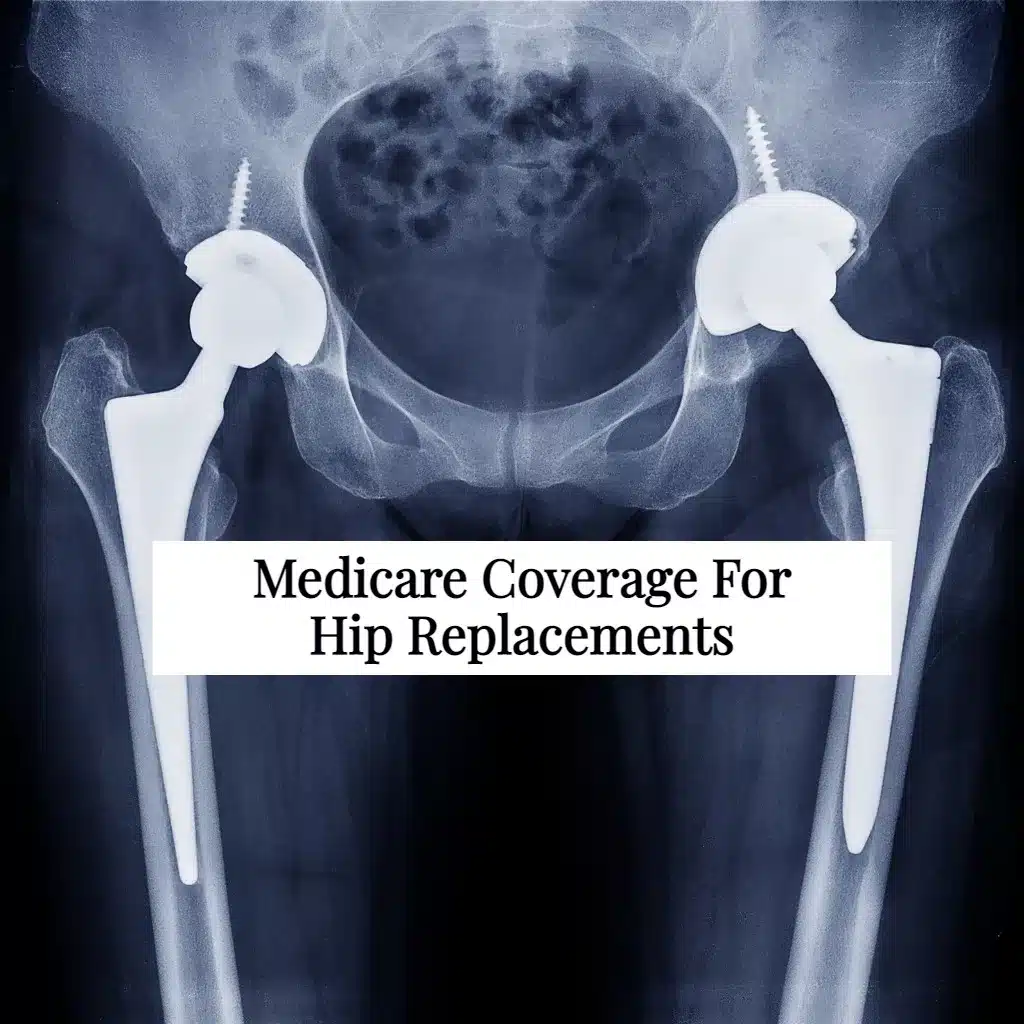The Role of Deductibles and Co-pays

Understanding deductibles and co-pays is crucial for anyone facing a major medical expense like hip replacement surgery. These cost-sharing mechanisms significantly impact the patient’s out-of-pocket expenses, varying greatly depending on the specifics of their health insurance plan. This section will explore how these elements affect the overall cost of hip replacement surgery.
Deductibles and co-pays represent the patient’s share of the cost of medical care. A deductible is the amount a patient must pay out-of-pocket before their insurance coverage kicks in. Once the deductible is met, the co-pay becomes relevant. A co-pay is a fixed amount the patient pays for each medical service, such as a doctor’s visit or a surgical procedure. The amount of the deductible and co-pay varies considerably based on the type of health insurance plan.
Deductible and Co-pay Impact on Hip Replacement Costs, Does health insurance often cover hip replacement surgery
The financial burden of a hip replacement can be substantial, even with health insurance. For instance, consider a hip replacement surgery costing $50,000. With a high-deductible health plan ($10,000 deductible and a $500 co-pay for surgery), the patient would be responsible for the entire $10,000 deductible plus the $500 co-pay, totaling $10,500 before the insurance company begins to cover the remaining costs. In contrast, a low-deductible plan ($1,000 deductible and a $200 co-pay) would result in a much lower out-of-pocket expense of $1,200. The difference highlights the significant impact of choosing a plan with different cost-sharing structures.
Cost-Sharing Responsibilities Across Different Plans
Different health insurance plans, such as HMOs, PPOs, and high-deductible health plans (HDHPs) with health savings accounts (HSAs), have varying cost-sharing responsibilities. Generally, HDHPs have significantly higher deductibles and lower premiums compared to low-deductible plans. PPOs typically offer more flexibility in choosing doctors and specialists but may have higher co-pays and out-of-pocket maximums. HMOs usually have lower premiums and co-pays but require patients to see doctors within their network. The specific cost-sharing details, including deductibles and co-pays for hip replacement surgery, are Artikeld in the plan’s summary of benefits and coverage (SBC).
Hypothetical Scenario: Financial Burden Under Different Plans
Let’s consider two hypothetical scenarios involving a $50,000 hip replacement surgery:
Scenario 1: High-Deductible Plan. The patient has a high-deductible plan with a $7,500 deductible and a $1,000 co-pay for the surgery. Their out-of-pocket cost would be $8,500 before insurance coverage begins. They might also face additional costs for anesthesia, physical therapy, and other related services, further increasing their out-of-pocket expenses.
Scenario 2: Low-Deductible Plan. This patient has a low-deductible plan with a $500 deductible and a $250 co-pay. Their out-of-pocket expenses would be $750 before insurance starts covering the remaining costs. While this is significantly less than the high-deductible plan, it is still a considerable expense for many. The difference illustrates the substantial impact of deductible and co-pay amounts on the overall cost of hip replacement surgery.
Appealing Denied Claims: Does Health Insurance Often Cover Hip Replacement Surgery

Denial of a hip replacement surgery claim can be frustrating and financially devastating. However, the process isn’t necessarily insurmountable. Most insurance companies have a formal appeals process designed to allow reconsideration of initially denied claims. Understanding this process and the factors influencing the decision can significantly improve your chances of a successful appeal.
The appeals process involves formally requesting a review of the initial denial decision. This often requires submitting additional documentation and clearly articulating why the initial denial was incorrect or unfair. Insurance companies base their review on a range of factors, including medical necessity, adherence to policy guidelines, and the completeness of the initial claim submission.
Factors Considered During Appeals Review
Insurance companies meticulously examine several factors when reviewing appeals for hip replacement surgery. These factors include, but are not limited to, the severity of the patient’s condition, the appropriateness of the proposed surgery as a treatment option, whether less invasive alternatives have been exhausted, and whether all necessary pre-authorization procedures were followed. They will also scrutinize the supporting medical documentation, ensuring it clearly demonstrates the medical necessity of the surgery and its alignment with established medical guidelines. Finally, they’ll verify the accuracy of the billing and coding to ensure compliance with their internal policies. A lack of any of these components can lead to a denial.
Examples of Successful Appeals
One successful appeal involved a patient whose initial claim was denied due to insufficient documentation regarding the failure of conservative treatments. The patient, with the help of their physician, resubmitted the claim with comprehensive documentation, including detailed physical therapy notes demonstrating the ineffectiveness of non-surgical treatments and the significant impact on the patient’s quality of life. This comprehensive evidence directly addressed the insurer’s concerns, resulting in a successful appeal. Another case involved a coding error on the original claim form. A simple correction, submitted with a clear explanation, resolved the issue and led to approval. These examples highlight the importance of thorough documentation and attention to detail.
Steps Involved in Appealing a Denied Claim
Appealing a denied claim requires a systematic approach. The process usually involves several steps and strict deadlines. It’s crucial to follow these steps precisely to avoid delays or jeopardizing your appeal.
- Review the Denial Letter Carefully: Understand the reasons for denial. This will guide your appeal strategy.
- Gather Necessary Documentation: Collect all relevant medical records, including doctor’s notes, test results, physical therapy reports, and any other documentation supporting the medical necessity of the surgery.
- Complete the Appeal Form: Obtain and carefully complete the insurer’s appeal form. Provide clear and concise explanations addressing each reason for denial.
- Submit Your Appeal Within the Deadline: Adhere to the specified timeline for submitting your appeal. Late submissions may be rejected.
- Follow Up: After submitting the appeal, follow up with the insurance company to inquire about the status of your appeal. Keep records of all communication.

Tim Redaksi